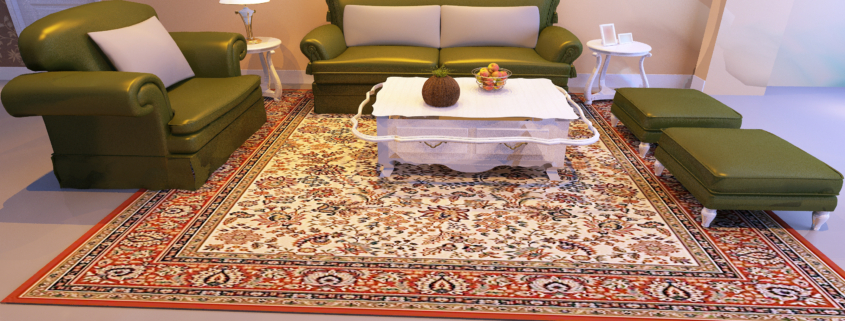The Impact of Oriental Rugs on Air Quality at Home in St. Petersburg
Oriental rugs are beloved for their beauty, intricate designs, and cultural heritage. These hand-woven treasures add warmth, comfort, and an air of sophistication to any home, particularly in a city like St. Petersburg, where their timeless charm fits perfectly with the area’s mix of historic and modern architecture. However, beyond their aesthetic appeal, many homeowners wonder how these rugs impact indoor air quality. With concerns about allergens, dust, and pet dander, it’s important to understand how Oriental rugs can both contribute to and improve the air quality in your home.
In this article, we’ll explore the relationship between Oriental rugs and indoor air quality, how to maintain them in the humid climate of St. Petersburg, and tips for ensuring your rugs contribute to a healthier living environment.
How Oriental Rugs Affect Indoor Air Quality
1. Dust and Allergen Trapping
Oriental rugs, like other carpets and fabrics, can trap dust, dirt, pollen, and other allergens within their fibers. While this may seem like a downside, it’s important to note that these rugs act as filters, preventing these particles from circulating through the air you breathe. In fact, Oriental rugs can help improve air quality by trapping allergens until they are vacuumed or cleaned.
However, without regular cleaning and maintenance, the buildup of dust and allergens in the rug can become problematic, especially for those with allergies or respiratory conditions. In a city like St. Petersburg, where the warm and humid climate can contribute to mold growth and pollen circulation, regular rug cleaning is essential for maintaining good air quality.
2. Reducing Airborne Particles
Hard floors, such as tile or hardwood, allow dust and particles to become easily airborne, especially when there is frequent foot traffic. Oriental rugs can help reduce this by trapping these particles in their fibers. By doing so, they help to keep the air in your home cleaner and reduce the amount of dust circulating in the room.
This is particularly beneficial in homes with children and pets, where the activity level tends to stir up dust and dirt. The rug captures these particles before they enter the air, making it a functional and stylish air filter in your living space.
Potential Air Quality Concerns with Oriental Rugs
1. Humidity and Mold Growth
St. Petersburg’s humid climate presents a unique challenge for rug maintenance. Oriental rugs, particularly those made of natural fibers like wool, can absorb moisture from the air. If not properly maintained, this moisture can lead to mold or mildew growth within the rug’s fibers. Mold not only damages the rug but also negatively affects indoor air quality, potentially triggering allergic reactions and respiratory issues.
To combat this, it’s crucial to ensure proper ventilation in rooms with Oriental rugs and avoid placing rugs in damp areas like bathrooms or basements. Dehumidifiers can be particularly helpful in St. Petersburg to control moisture levels, preventing mold growth and maintaining a healthy indoor environment.
2. Chemical Residue from Cleaning Products
Many conventional cleaning products contain harsh chemicals that can leave residues on Oriental rugs, contributing to indoor air pollution. These residues can emit volatile organic compounds (VOCs), which are harmful to health, especially in enclosed spaces.
Using eco-friendly, non-toxic cleaning products is a safer alternative. These products clean effectively without releasing harmful fumes, ensuring that your rug remains free of chemicals that could lower the air quality in your home.
3. Pet Dander and Odor
For pet owners in St. Petersburg, Oriental rugs can accumulate pet dander, hair, and odors. This can become a source of allergens if not properly addressed. Regular cleaning, vacuuming, and pet grooming are essential to keep dander at bay and prevent the rug from harboring unpleasant odors. Additionally, using pet-safe cleaning solutions will help neutralize pet odors without introducing harmful chemicals into the home.







